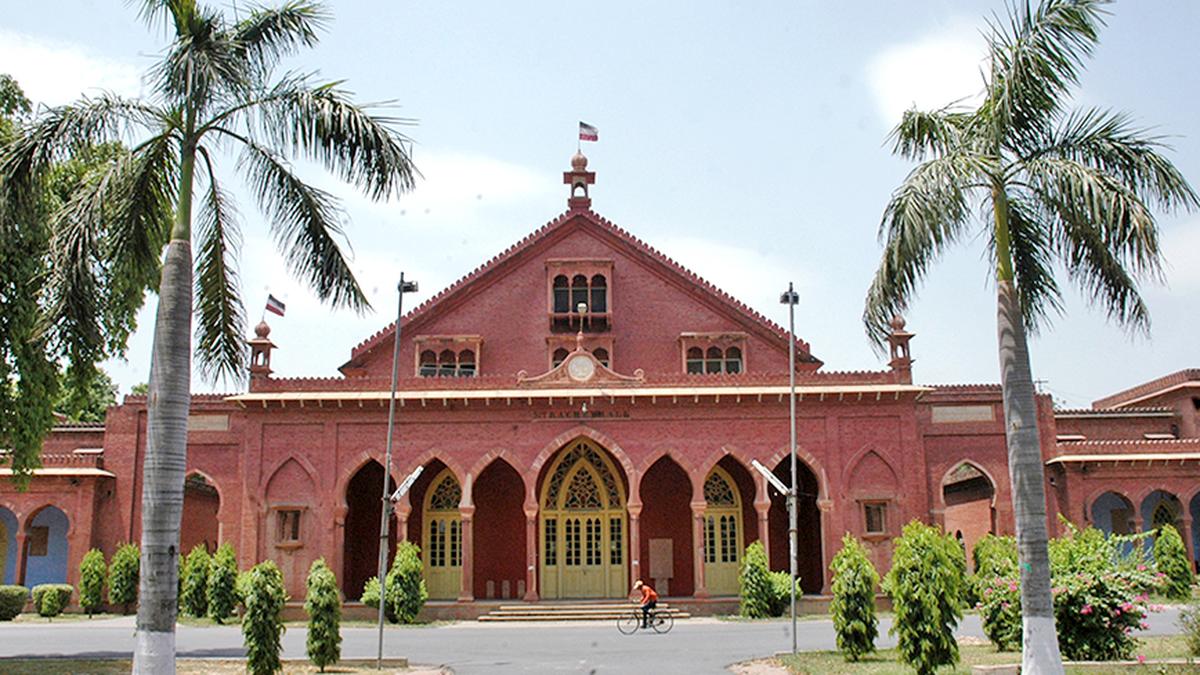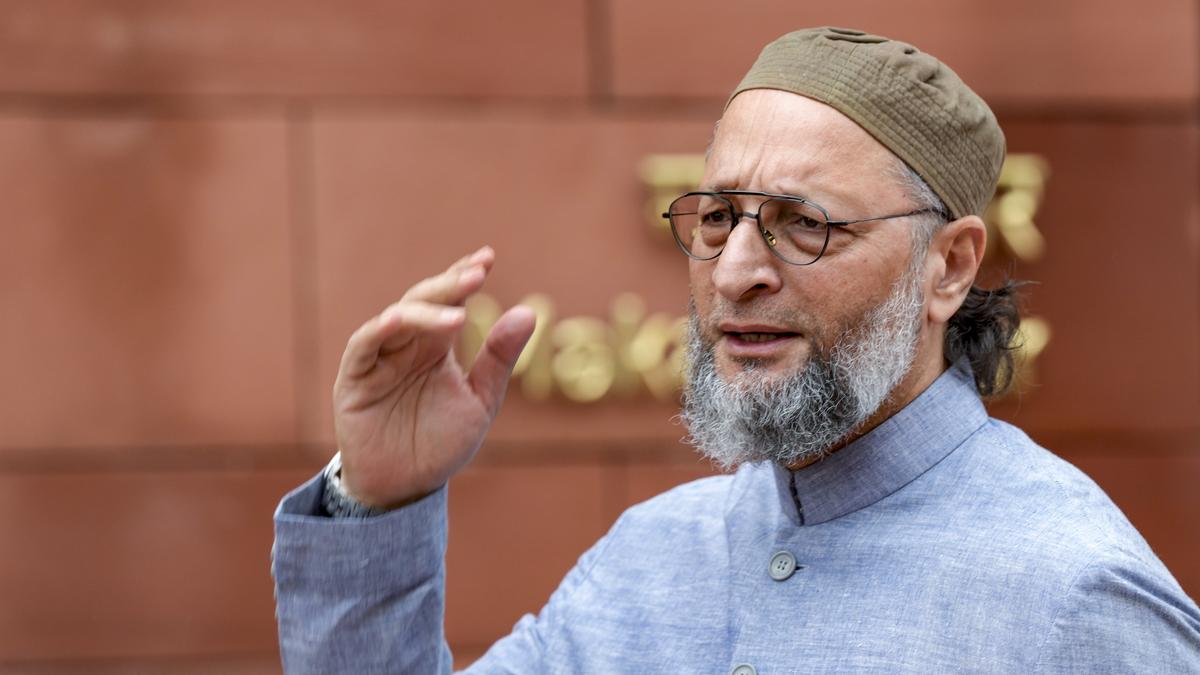Now Reading: AMU Students Demand Rollback of Fee Hike
-
01
AMU Students Demand Rollback of Fee Hike
AMU Students Demand Rollback of Fee Hike

Swift Summary:
- The All india Jammu and Kashmir Students Association urged Union education Minister Dharmendra Pradhan to rollback a fee hike at Aligarh Muslim university (AMU), citing its impact on underprivileged students.
- AMU increased fees for several courses by 36-42% this session, attributing the hike to infrastructure improvements and collective decisions by university committees. As an example, fees for the B.Lib course rose from ₹16,000 to over ₹22,000.
- Students claim the fee hike is arbitrary and exclusionary and are struggling due to their economic backgrounds.
- The protests against the fee hike have entered their fifth day on August 12, 2025. Protestors also demand long-pending student union elections (not held for eight years) and better hostel sanitation conditions.
- Allegations have been made about police excesses during peaceful protests at Bab-e-Syed Gate, including claims of assault and suppression of dissent in the absence of a functioning student union.
- AMU issued a proforma seeking suggestions from current students regarding concerns about the fee increase via social media platforms. A committee led by Prof. M. Asmer Beg is addressing these issues.
Indian Opinion Analysis:
The ongoing protests at AMU underscore broader challenges faced by public universities in balancing operational costs with accessibility for economically weaker sections of society. While infrastructure improvement remains crucial in ensuring quality education delivery, sharp increases in fees can disproportionately deter marginalized communities-perhaps undermining India’s higher education inclusivity goals.
The absence of democratic representation through a student union raises legitimate concerns about effective interaction channels between students and administration during such crises. Obvious mechanisms that include stakeholders like elected student representatives could foster trust within campus environments.
Additionally, reports regarding poor hostel conditions reveal deeper systemic issues that merit immediate attention as they effect basic living standards expected from top institutions like AMU.
These developments should push policymakers toward revisiting structural funding models for public universities while emphasizing infrastructural upgrades without burdening disadvantaged students with steep expenses.
Read more: Source

























